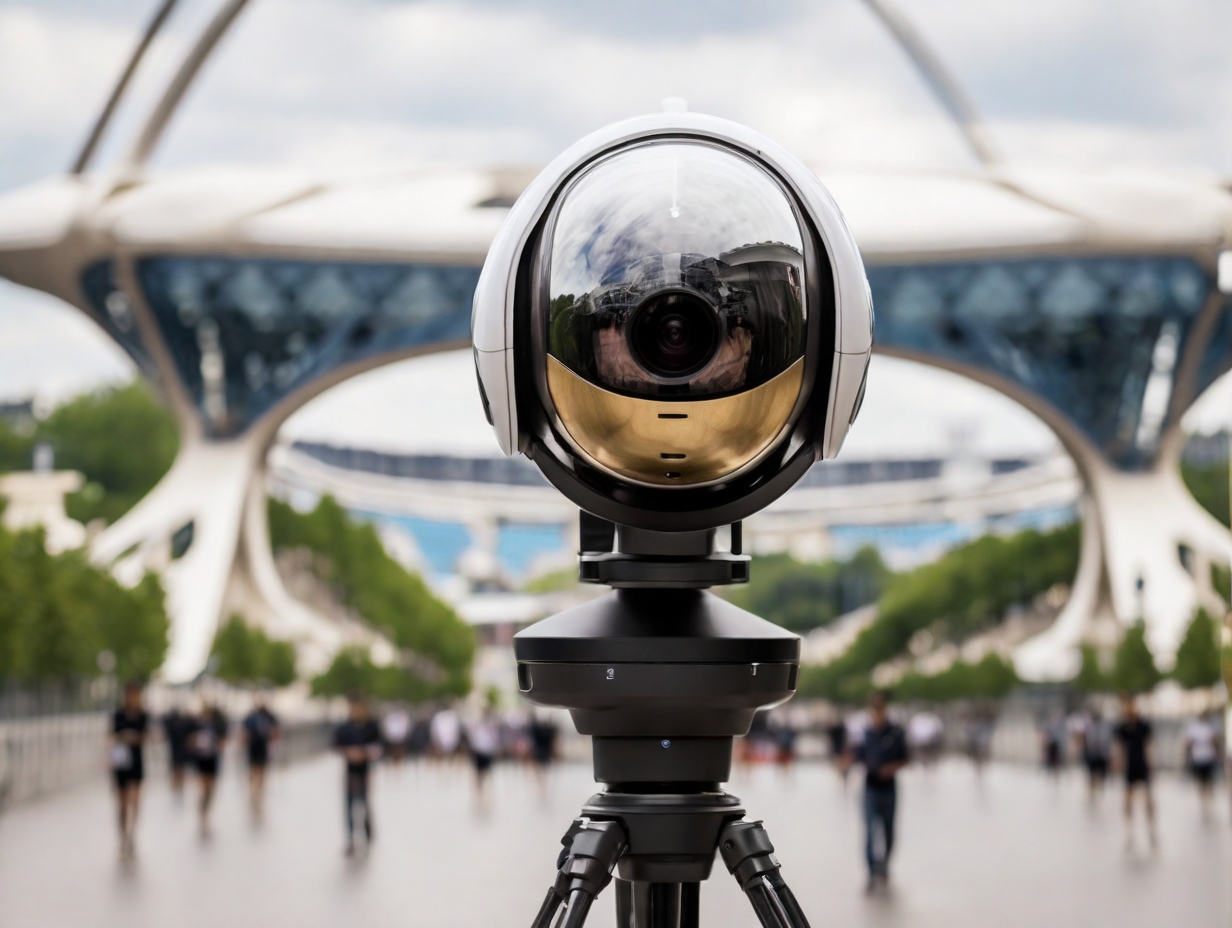In a pivotal move that has sent ripples through the artificial intelligence (AI) industry, The New York Times has recently updated its Terms of Service policy to explicitly prohibit the use of its content for training AI systems. This bold decision applies to text content, photos, videos, and metadata, and has ignited discussions about data access, ownership, and the evolving dynamics between media and technology.
Safeguarding valuable data
Implemented on August 3rd, the updated policy showcases The New York Times’s determination to protect its valuable data by halting unauthorized access and use for AI training. The newspaper’s content, considered a treasure trove for AI algorithms, holds immense value due to its rich and diverse nature. By refusing to allow web crawlers to scrape its data for training purposes, The Times is asserting its ownership rights and signaling its intention to keep its data from being exploited for free.
AI industry’s dependence on data
The AI industry thrives on data, particularly in training complex algorithms. Web scraping, a common method for acquiring data, has been a go-to strategy for many AI companies. However, this approach has not been without its challenges. Instances of alleged data theft and unauthorized monetization have raised legal issues, casting a shadow over the industry’s practices. OpenAI, for instance, has found itself embroiled in lawsuits over claims of unauthorized data usage. The New York Times’s decision strongly reminds us of the ethical and legal considerations tied to data access.
The clash of perspectives
While some AI vendors, most notably Google, continue to champion the benefits of web scraping for AI training, The New York Times’ move underscores a broader debate within the industry. On one side are proponents of web scraping, arguing that unrestricted data access fuels innovation. On the other side stand media outlets and data privacy advocates, who emphasize respecting content creators’ rights and protecting against misuse.
Data’s value vs. legal challenges
The Times’s decision underscores its commitment to data protection and highlights the potential legal challenges of unauthorized data use. The clash between the AI industry’s thirst for data and media organizations’ insistence on data ownership and rights has brought these issues into sharp focus. By taking a strong stance, The New York Times is driving home the message that valuable data should not be taken lightly, and its use should be subject to ethical and legal scrutiny.
Evolving media-technology relationship
The evolving relationship between the news media and the AI industry lies at the heart of this debate. AI companies, seeking to bolster their presence in news curation and content creation, are increasingly pursuing partnerships with media organizations. However, this collaboration comes with its own set of challenges and uncertainties. As the AI industry seeks to integrate its technologies with traditional media, media outlets must balance the allure of innovation with the protection of their valuable content.
Caution amidst collaboration
The Times’ updated policy serves as a reminder that media outlets must exercise caution as they navigate the realm of AI partnerships. While AI has the potential to revolutionize news curation and storytelling, media organizations must remain vigilant to safeguard their content from unauthorized use and ensure that their data rights are respected. This cautious approach is essential until the full extent of risks and benefits stemming from media-AI collaborations is fully understood.
The New York Times’ bold move to prohibit AI training with its content has set a precedent for the industry, sparking conversations about data access, ownership, and the evolving media-technology landscape. This decision has not only ignited debates about the ethics of data use and the role of media in the AI era but also serves as a reminder that data, often referred to as the new oil, holds immense value that should not be compromised. As the AI industry seeks to forge partnerships with media outlets, the tensions between innovation and data protection remain palpable, underscoring the need for ongoing dialogue and ethical considerations in the rapidly changing media and technology landscape.





